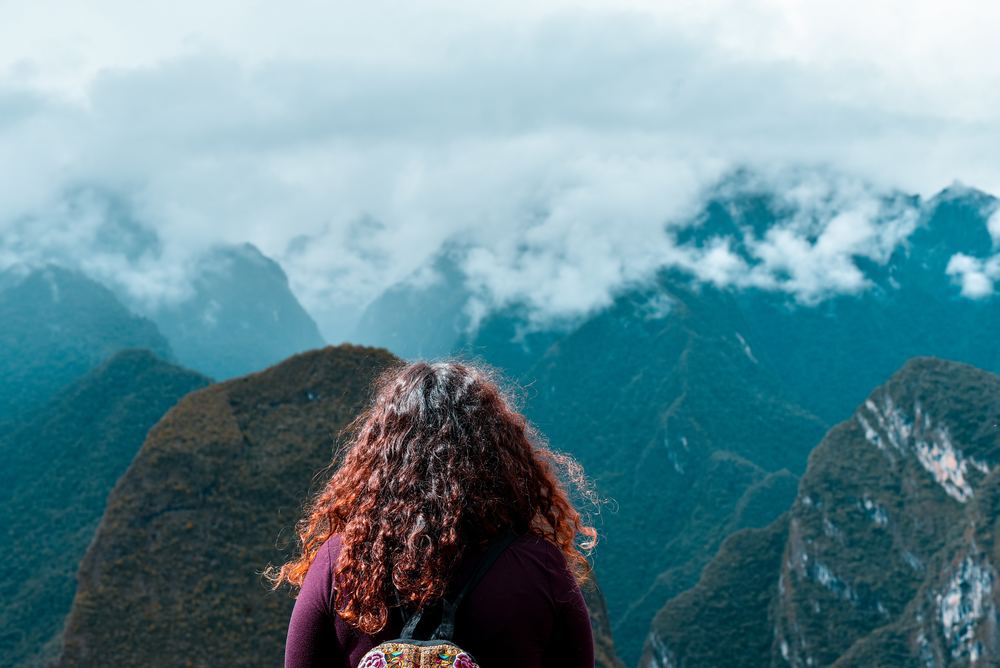Have a question?


Generally, Peru is a safe place to visit. Locals provides a starting point for learning about Peru's safety.
Peru is open for travelers! And things are operating similarly to how they were before the pandemic.
Here's the latest:

Pre-pandemic Peru was a super popular destination. Visitor numbers have gone down (just like they did for countries around the world during the pandemic), but the country is no less spectacular.
As of November2023, the country has a Level 2 Travel Advisory. The State Department recommends against travel to the Colombian-Peruvian border area in the Loreto Region and a few other areas. But tourist destinations like Machu Picchu remain safe.
There is a high risk of pickpocketing in Peru's major cities, similar to other well-traveled countries. Pickpocketers often target travelers, so here are a few tips to avoid a robbery:
Peru’s tap water doesn’t meet the WHO standards for clean drinking water. Locals generally don’t drink it right out of the tap either—you should always boil your water first, or just stick to bottled to be perfectly safe. Avoid ordering drinks with ice, especially from a street vendor.
We're big fans of reusable water bottles with a filter. Instead of consuming tons of plastic during your trip, you can travel in a more sustainable way by investing in a good water bottle.
Uber in Peru is limited—as of right now, it’s only available in Lima. Plus, the service gets some mixed reviews.
You can use a reliable taxi app to order a ride, or take a public bus during the daytime. For nighttime travel, locals generally recommend a taxi—it’s safer and a less complicated than trying to figure out the night bus schedule.

Is Peru safe for a woman traveling on her own? Yes—but locals say you should always exercise caution. Solo female travelers are at a higher risk of assault or harassment anywhere in the world, and Peru is no exception.
Planning on exploring the ancient Inca city of Machu Picchu while you’re in Peru? It’s quite a climb, but it’s totally doable as long as you’re in good shape. The hike up the Inca Trail, which leads you up the mountain, can be strenuous, and you’ll definitely feel the effects of altitude change. But as long as you stay hydrated, take it slow, and don’t drink too much the night before, it won’t affect you much.
The village at the foot of Machu Picchu, Aguas Calientes, is well-traveled. Locals say it's generally a very safe place to pass through.
The rainy season varies from region to region in Peru, but locals tell us it mostly occurs in the winter, between December and March. Rainfall can get really heavy and sometimes results in floods or landslides. If you plan on hiking the Inca Trail to Machu Picchu, locals recommend planning your trip between April and November—the weather will be a little chilly, but it’s safer and drier than in the rainy months.
Worried about getting sick while you’re in Peru? Your safest bet is to get the recommended travel vaccines before you go. Here are all the shots you should consider:

Peru is full of incredible food, but you don't want a stomach bug to ruin your trip! To stay safe while sampling the local flavors, keep these tips in mind:
Just in case you find yourself in an emergency situation while you’re exploring Peru, here are the important numbers you should know:
We’d recommend those first two numbers in a serious emergency, but definitely call the embassy if you need help with your passport or have to get back home right away.
Millions of travelers visit Peru every year. The country is full of incredible food, culture, and natural scenery—there’s a reason it’s the most popular travel destination in South America! As long as you’re prepared for your trip and take precautions while you’re there, you’ll have a safe and amazing adventure in Peru.
How should we contact you?
Call
Thank you! We'll get back to you as soon as possible!
Click to register and track your question!
If you would like to follow up with us:
+1 (855) 782-3006